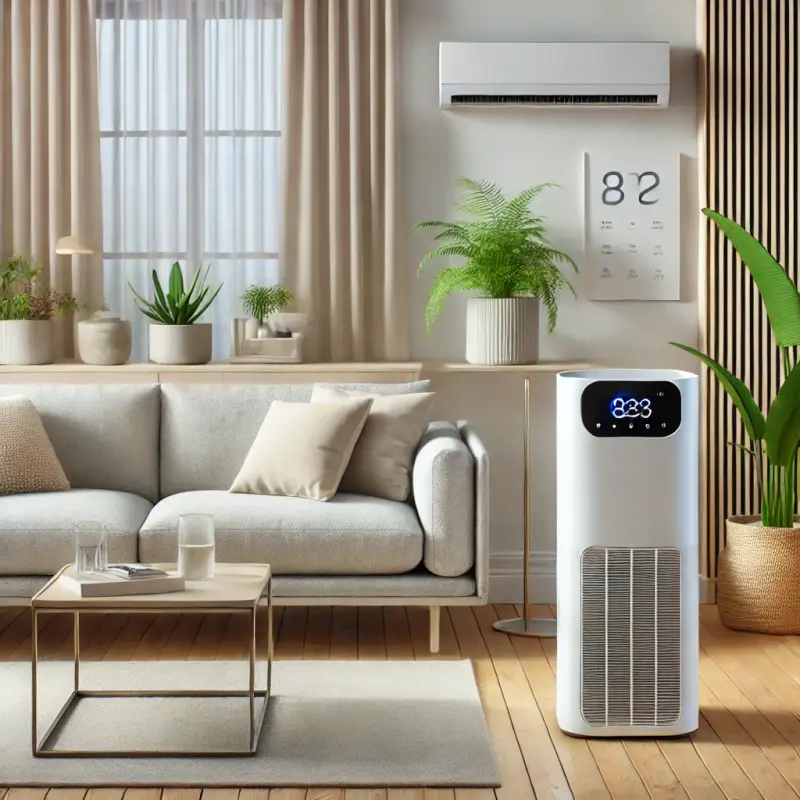The Essential Role of Automatic Air Purifiers in Modern Homes
In the quest for a healthier living environment, automatic air purifiers have emerged as a cornerstone of modern home comfort. These sophisticated devices play a pivotal role in enhancing indoor air quality, crucial for the well-being of residents. This article delves into the mechanics of air purifiers, their benefits, and the technology that powers them, providing a comprehensive understanding of how these devices contribute to a more comfortable living space.
Understanding Air Purifiers and Their Importance
Indoor air quality has become a significant concern for homeowners, especially with increasing awareness of the pollutants that infiltrate our living spaces. From pet dander and dust mites to pollen and various volatile organic compounds, the air inside our homes can be more polluted than the air outside. Automatic air purifiers address these concerns efficiently, ensuring the air we breathe indoors is clean and healthy.
Air purifiers work by sucking in air from the room and passing it through a series of filters. These filters capture and neutralize pollutants, allergens, and other harmful particles. The purified air is then recirculated back into the room, significantly reducing the concentration of contaminants. This cycle continues automatically, maintaining a consistently high level of indoor air quality.
The Technology Behind Automatic Air Purifiers
Modern air purifiers are equipped with a range of technologies that optimize their efficiency and ease of use. HEPA (High-Efficiency Particulate Air) filters are one of the most common features in these devices. HEPA filters are capable of trapping 99.97% of particles that are 0.3 microns in diameter, which includes most allergens and many pathogens.
In addition to physical filtration, many air purifiers incorporate activated carbon filters. These are especially effective at removing gases and odors from the air, such as cooking smells and pet odors, making them ideal for use in kitchens and living areas.
Smart technology integration is another significant advancement in the field of air purification. Many modern units can connect to home Wi-Fi networks, allowing users to monitor and control the air quality from their smartphones or tablets. This can include adjusting settings, receiving air quality updates, and even getting reminders to replace filters.
Benefits of Automatic Air Purifiers
The benefits of using an automatic air purifier are manifold. Primarily, they improve the air quality, which can lead to better overall health, especially for those suffering from allergies or respiratory issues. Cleaner air means fewer allergens and irritants, which are often triggers for asthma attacks, allergic reactions, and other respiratory problems.
Moreover, these devices can help neutralize odors, contributing to a more pleasant and inviting home environment. Whether it's from cooking, pets, or any other source, clean air means odors are less likely to linger.
Automatic air purifiers also contribute to maintaining an optimal humidity level in the air, which can prevent the growth of mold and mildew and deter the presence of dust mites. By maintaining a balanced indoor environment, these devices help protect not only the health of the residents but also the integrity of the building itself.
